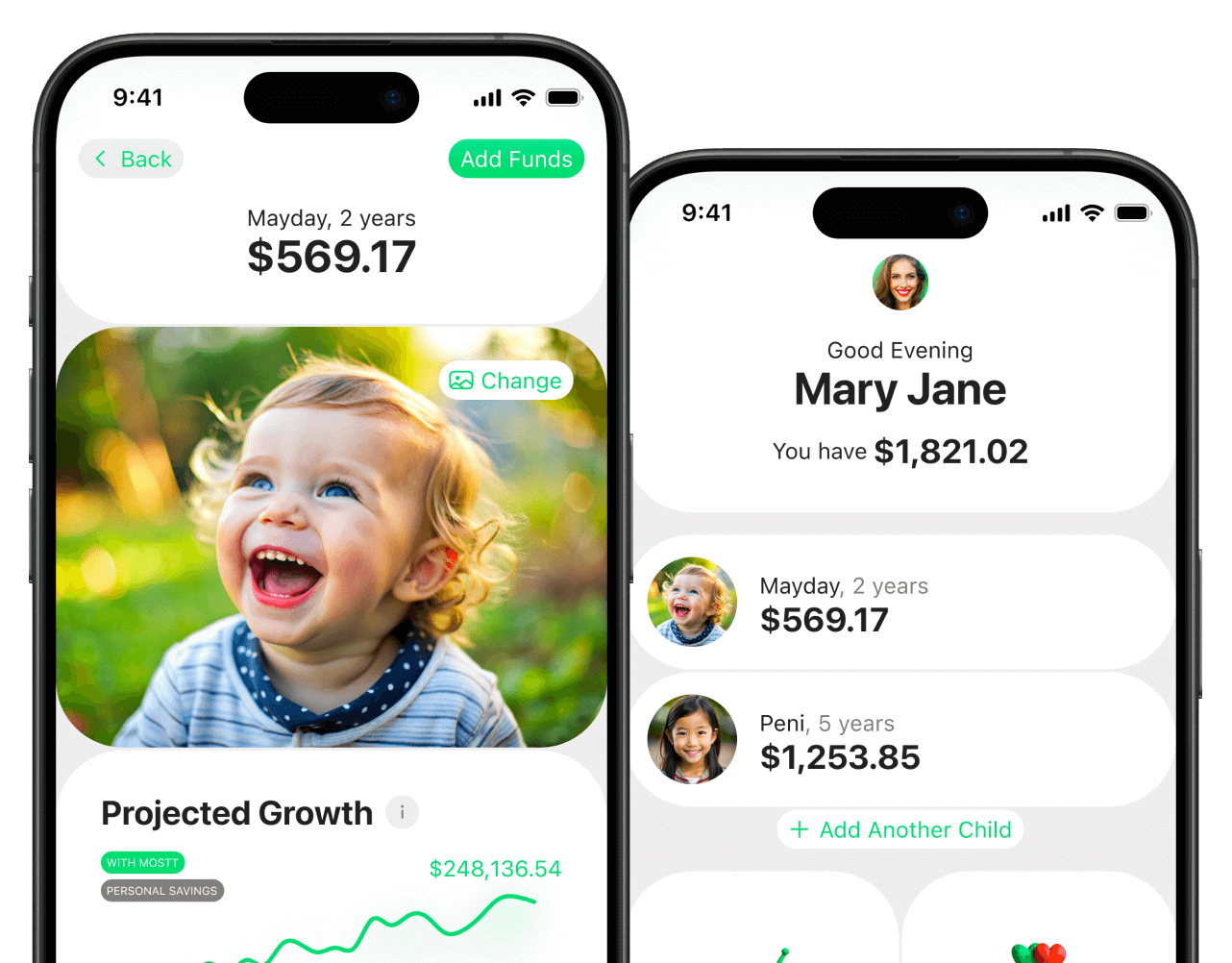Parenting is a journey filled with milestones—first steps, first words, first day of school. But one milestone often overlooked is preparing our children to manage money wisely. Financial literacy is crucial, yet many adults struggle with basic financial concepts, leading to poor saving and investment habits. By initiating money conversations early, parents can equip their children with the tools they need for a financially secure future.
By Age 10: The Value of a Dollar
At age 10, children are beginning to understand the concept of money. They know it can buy toys, snacks, and video games, but they might not grasp where it comes from or how to manage it.
1. Teach That Money Comes from Work
Introduce the idea that money is earned through work. Whether it’s completing chores, helping neighbors, or starting a small business like a lemonade stand, children learn that money doesn’t just appear—it requires effort. This lesson lays the foundation for a strong work ethic and an understanding of earning potential.
👉 See: How kids can earn money (NerdWallet).
2. Saving vs. Spending
Help your child distinguish between needs and wants. Encourage them to save part of their allowance or earnings for something they desire in the future. Use tools like the “Save, Spend, Give” jar system to visually demonstrate how money can be allocated for different purposes. This method teaches budgeting and the importance of planning ahead.
👉 See also: FDIC Money Smart for Young People.
3. Introduce Giving
Even at a young age, children can learn the value of generosity. Encourage them to set aside a portion of their money to donate to a cause they care about. This practice fosters empathy and a sense of social responsibility.
👉 Learn more: National Philanthropic Trust on teaching kids to give.
Big Idea at 10: Money is earned, involves choices, and can be shared.
By Age 13: Budgeting and Choices
As children enter their teenage years, they encounter more opportunities to manage money—through allowances, part-time jobs, or gifts. This is an ideal time to delve deeper into budgeting and financial decision-making.
1. Budgeting Basics
Introduce your teen to budgeting by helping them track their income and expenses. Use simple tools like spreadsheets or budgeting apps designed for teens. Teach them to categorize spending and set limits to avoid overspending.
👉 See: How to make a budget (Investopedia).
2. Needs vs. Wants
Reinforce the distinction between needs and wants. Discuss scenarios where they might need to make choices, such as whether to buy lunch at school daily or pack a lunch to save money. These discussions help teens prioritize spending and understand the consequences of their financial decisions.
👉 Helpful resource: CFPB’s “Money as You Grow” guide.
3. The Power of Saving
At this age, teens can grasp more complex financial concepts. Introduce them to the idea of compound interest and how saving early can lead to significant growth over time. Consider opening a savings account for them and discuss the benefits of saving regularly.
Big Idea at 13: Money is about choices, and every choice tells a story about who you’re becoming.
By Age 16: Independence and the Future
Sixteen is a pivotal age. Teens are driving, working part-time jobs, and beginning to make significant financial decisions. It’s time to prepare them for the financial responsibilities of adulthood.
1. Banking Basics
Help your teen open a checking and savings account. Teach them how to use a debit card responsibly, monitor account balances, and avoid overdraft fees.
👉 See: FDIC guide to bank accounts.
2. Credit Awareness
Introduce the concept of credit and its importance. Explain how credit scores work and how they can impact future financial decisions, such as renting an apartment or applying for a loan. Discuss the importance of paying bills on time and managing debt responsibly.
3. Planning Ahead
Encourage your teen to set financial goals for the future, whether it’s saving for college, a car, or a trip. Discuss the steps they can take to achieve these goals, such as creating a savings plan or researching scholarships.
4. Work and Taxes
If your teen has a job, walk them through their first paycheck. Explain deductions like taxes and what they mean. Discuss the importance of saving a portion of their income and the concept of net vs. gross pay.
Big Idea at 16: Money is about responsibility. Every dollar is a tool that can open or close doors in the future.
Why These Conversations Matter
Financial literacy is the set of skills needed to handle money wisely, invest effectively, and plan for a comfortable future. Teaching financial literacy to kids can help them build money knowledge and habits that will last a lifetime.
By initiating these conversations early, parents can help their children develop healthy, lifelong financial habits. Engaging children in family financial discussions, such as income, budget, and expenses, helps them understand the value of money and the impact of financial decisions.
Final Word
Your children will face money decisions every single day of their lives. Whether it’s choosing lunch at 10, budgeting allowance at 13, or getting their first paycheck at 16—these conversations are shaping their future.
If you start small and keep it simple, you’ll give your kids something far more valuable than money: confidence.
Because one day, they’ll sign a lease, start investing, or take out a loan—and when they do, they’ll remember what you taught them. And that might just be the most valuable inheritance you could ever leave them.




